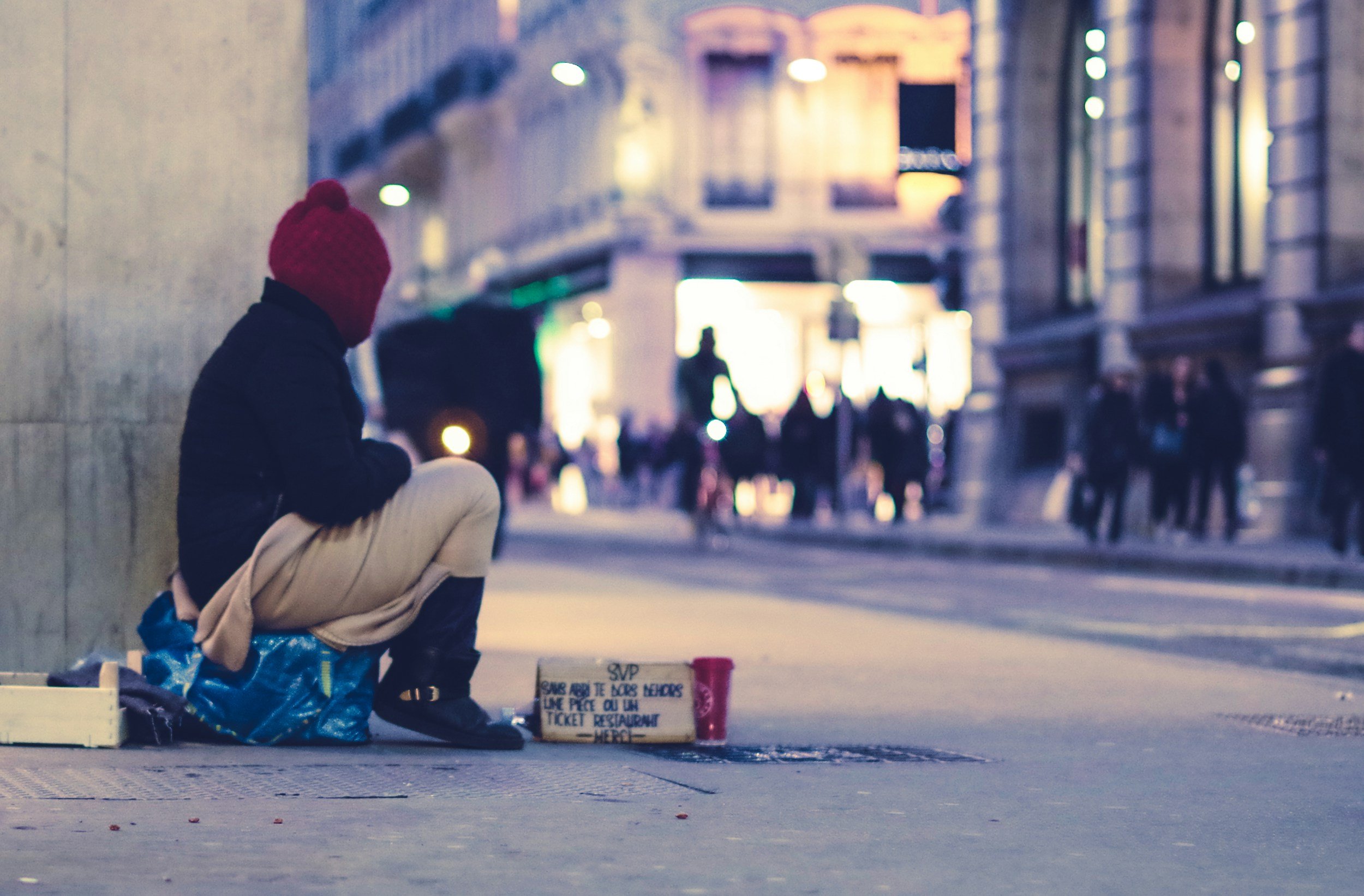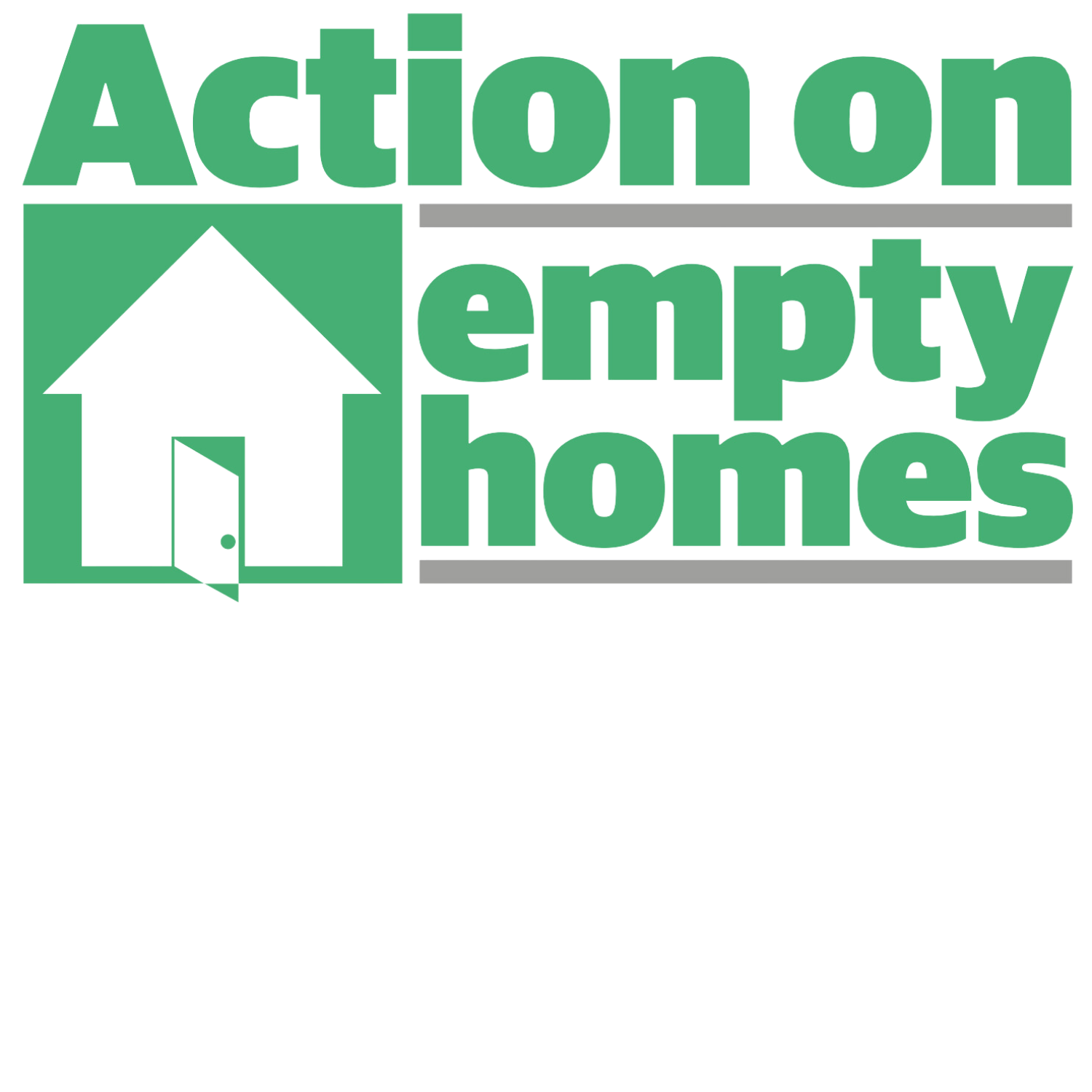
Providing the homes Londoners need
Since 2018, with the support of Trust for London, Action on Empty Homes has been investigating how building more homes in London has apparently worsened our housing crisis. We have investigated the role played by vacancy in illustrating and exacerbating this failure.
In 2022, Action on Empty Homes were granted further funding by Trust for London to develop a London-wide community-led coalition leading into the 2024 GLA and General Elections. The aim was for the coalition to advocate for a fair development policy platform to meet low-income housing needs and to challenge the present housing investment model which creates growing numbers of empty and underutilised homes and increases housing poverty.
How do we provide the homes Londoners Need?
London is responsible for over half the homeless families in England over 60,000 families and over 80,000 children. According to the Mayor,
1 child in every 23 in London is currently homeless and in Temporary accommodation.
But here’s the thing, in a decade we've added over 322,000 housing units in London and less than half that number of households (around 150,000).
So if we are adding more homes than households why has homelessness increased?
And what do London’s hundreds of thousands of empty homes tell us about this?
How many empty homes in London?
For the record, the official figure is around 135,000 empties, though another ‘official figure’, from the most recent census, gives us more than twice as many, around 300,000.
London’s vacant homes also include a striking third of the national total of empty council homes – around 11,000 empty London council homes – many emptied to allow for demolition and replacement by new homes in ‘estate regeneration’ schemes which regularly fail to deliver any additional social rent housing.
Every year we sell off or demolish more social homes than we build, largely as a result of Right To Buy sales but with estate regeneration schemes also a factor in London.
Crisis of supply, Crisis of Quality and Crisis of Affordability ..but above all Affordability
We used to say that London had three housing crises.
Grenfell grimly confirmed the quality crisis. We now see this escalating to almost every hi-rise building built in the boom years that fuelled London’s housing crisis and priced low-income families out of huge swathes of London housing.
Towers of largely unaffordable homes sprouted across our skyline.
Meanwhile the limited affordable schemes built or refurbed by housing associations and councils during this period are now frequently condemned as potential death traps after post-Grenfell building safety evaluations.
Many have now been wrapped in scaffolding or subject to expensive ‘waking watches’ for years.
So if there is a supply crisis it is not about numbers but about what we have built and that links to our real crisis – the lack of affordable homes which fuels London’s poverty levels and which pushes a million more Londoners into poverty who wouldn’t be there if it were not for housing costs.
In London, poverty rates increase significantly when housing costs are accounted for, increasing the poverty rate from 14% to 24%.
Which brings us to the core of London’s housing crisis – Affordability…
We are building the wrong housing
The homes needed to house those homeless families are social or council homes. Homes with rents that are genuinely affordable, and are controlled. Homes with the security of lifetime tenure, not 6-month contracts that can be terminated at will by landlords who want to push up the rent, or switch the use of these homes to the lucrative short let or Airbnb market… so they aren’t in fact homes to anybody at all any more.
So shouldn’t we stop building the wrong housing?
And stop the housing that is built being used in ways that don’t house anyone?
The Empty Homes Opportunity
Since 2018, with the support of Trust for London Action on Empty Homes has been investigating how building more homes in London has apparently worsened our housing crisis.
Now we believe that a wide range of public policy experts, community representatives and political decision-makers have understood the argument we have been making.
Housing targets and newbuild completions are meaningless if what we build is sold only to those who can afford to buy off plan at overseas property fairs, or those who already have severa;l homes and just want an investment property to rent out on Airbnb.
‘First dibs’ on homes you can’t afford is about as meaningful as telling those visiting food banks about a cracking offer on smoked salmon in Fortnum and Masons. It isn’t just pointless, its insulting and socially divisive.
This is why we have collaborated with every conceivable partner in the housing space to illustrate what is going wrong.
We have worked with organisations such as Crisis and Shelter to show how homes currently languishing unused could be brought into use to meet social needs.
While after productive work with the London Assembly and London Housing Panel (of which we are a member organisation), we have welcomed the success of the Mayor of London’s Right To Buy Back scheme now expanded with Homes England support as the Council Housing Acquisition Programme



